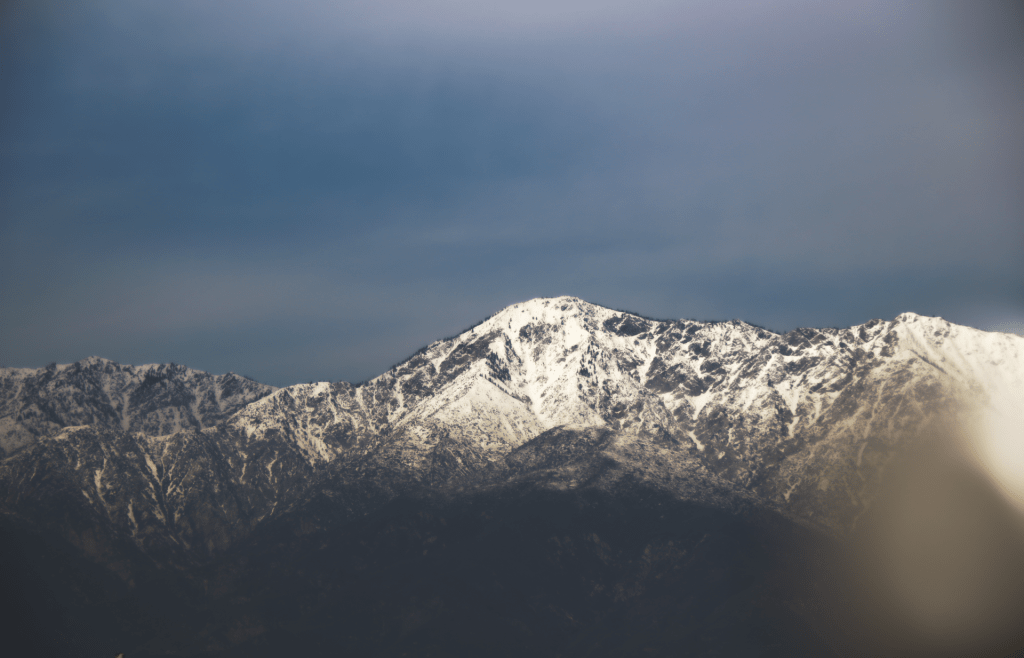ISO: Controls the sensitivity of your camera’s sensor to light, allowing you to adjust for different lighting conditions.
Shutter Speed: Determines the duration of time your camera’s sensor is exposed to light, impacting motion blur and the ability to freeze action.
Aperture: Controls the size of the lens opening, affecting the depth of field and the amount of light entering the lens.
White Balance: Adjusts the color temperature of your photos to accurately represent the lighting conditions.
Metering Mode: Determines how your camera measures and calculates exposure based on the light present in a scene.
Focus Mode: Allows you to choose between automatic or manual focus, giving you control over the desired focus point in your shot.
Shooting Mode: Determines the level of control you have over settings like shutter speed and aperture, offering options like Manual, Aperture Priority, and Shutter Priority.
Exposure Compensation: Enables manual adjustment of the brightness or darkness of photos, compensating for challenging lighting conditions.
Image Format: Determines the file type used for saving your photos, such as JPEG or RAW, each with their own advantages and disadvantages.
Autofocus Points: Determines the number of focal points your camera employs to achieve sharp focus, allowing you to control which part of the frame is in focus.
Drive Mode: Controls the number of continuous shots your camera can take in succession, useful for capturing fast-paced action.
Bracketing: Enables your camera to capture a sequence of shots at different exposures, advantageous for HDR photography or blending multiple exposures.
Image Stabilization: Helps reduce camera shake and blur caused by handheld shooting, resulting in sharper images.)













